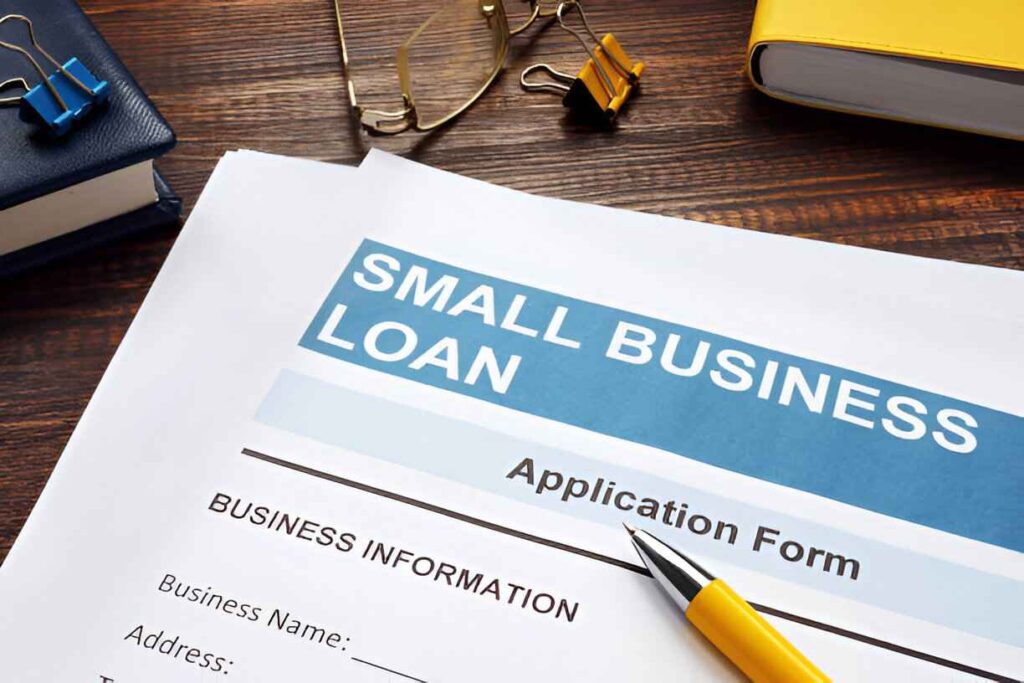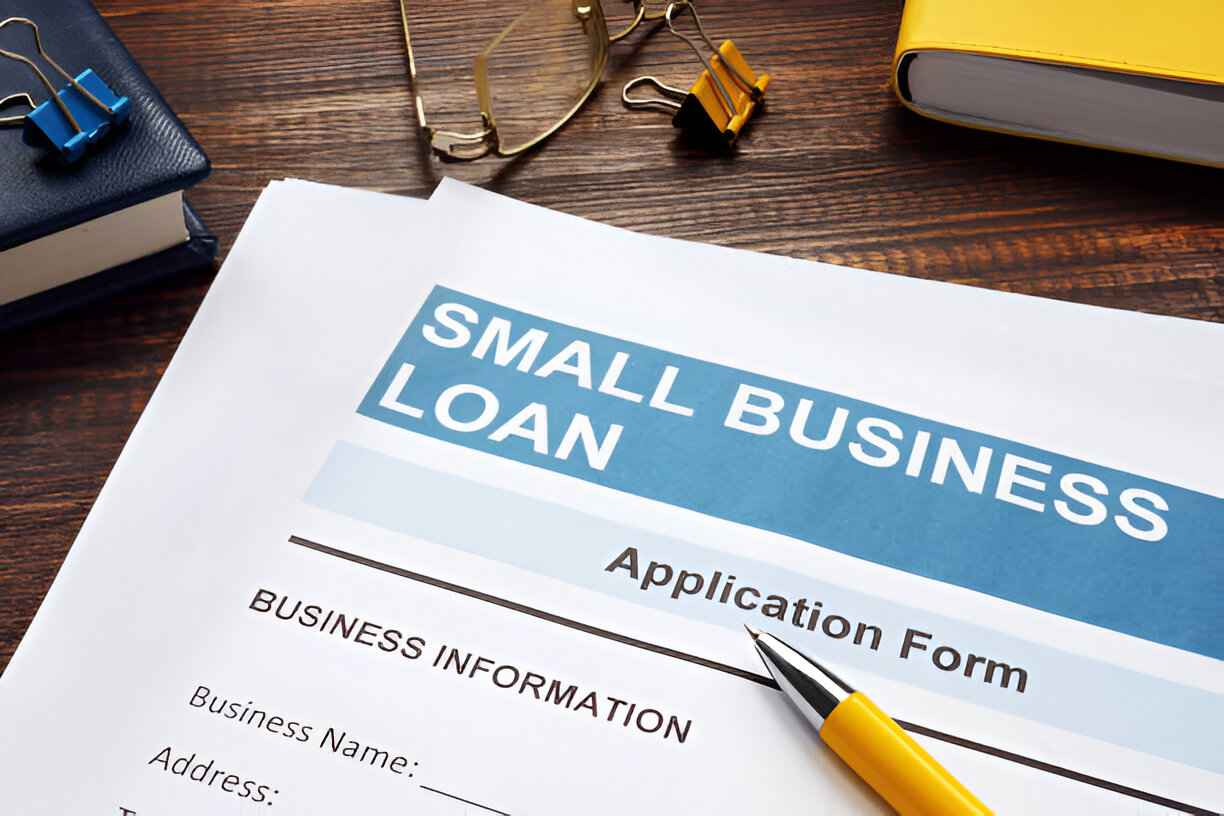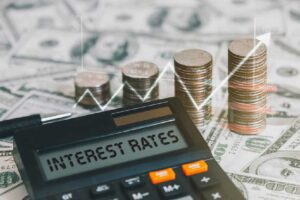How to Get a $2,000 Personal Loan with Bad Credit: A Simple Guide
- Related Posts
- Understanding Personal Loans: What You Need to Know
- Assessing Your Credit Situation: Is Bad Credit a Barrier?
- Exploring Lenders: Where to Find Personal Loans for Bad Credit
- The Application Process: Steps to Secure Your Loan
- Improving Your Chances: Tips for a Successful Application
- Interest Rates and Fees: What to Expect with Bad Credit Loans
- Alternatives to Traditional Loans: Other Financing Options
- Managing Your Loan: Strategies for Repayment
- Building Credit Post-Loan: How to Improve Your Score
- Common Pitfalls to Avoid When Seeking a Personal Loan
- FAQ's
Understanding Personal Loans: What You Need to Know
A personal loan is a type of unsecured loan that allows borrowers to access funds for various purposes, such as consolidating debt, covering medical expenses, or financing a major purchase. Unlike secured loans, personal loans typically do not require collateral, which means they can be challenging to obtain for individuals with poor credit scores.
Personal loans are issued by banks, credit unions, and online lenders, each offering various terms, rates, and repayment options. It’s crucial to carefully read the loan agreement and understand the obligations involved, including the total loan amount, interest rates, penalties for late payments, and the repayment schedule.
One of the key advantages of personal loans is their versatility. Borrowers can use the funds for a wide range of purposes, from home improvements to travel expenses, making them a popular choice for those looking to manage their finances more effectively. Additionally, personal loans can provide a structured repayment plan, which helps borrowers budget their monthly expenses more accurately. However, it is essential to consider the interest rates associated with personal loans, as they can vary significantly based on the lender and the borrower’s creditworthiness.

Higher interest rates can lead to increased overall costs, making it vital to shop around for the best deal.
Moreover, the application process for personal loans has become increasingly streamlined, especially with the rise of online lenders. Many lenders offer quick pre-approval processes that allow potential borrowers to check their eligibility without impacting their credit scores. This convenience, coupled with the ability to compare multiple offers, empowers borrowers to make informed decisions. However, it’s important to be cautious of predatory lending practices that may target individuals with poor credit histories. Always ensure that you are dealing with reputable lenders and fully understand the terms before committing to a loan.
Higher interest rates can lead to increased overall costs, making it vital to shop around for the best deal.
Moreover, the application process for personal loans has become increasingly streamlined, especially with the rise of online lenders. Many lenders offer quick pre-approval processes that allow potential borrowers to check their eligibility without impacting their credit scores. This convenience, coupled with the ability to compare multiple offers, empowers borrowers to make informed decisions. However, it’s important to be cautious of predatory lending practices that may target individuals with poor credit histories. Always ensure that you are dealing with reputable lenders and fully understand the terms before committing to a loan.
Assessing Your Credit Situation: Is Bad Credit a Barrier?
Before applying for a personal loan, it’s essential to assess your credit situation. Individuals are often categorized into different credit score ranges, and those with scores below a certain threshold are considered to have bad credit. Common credit scoring models, like FICO, classify scores as follows:
- Excellent: 750 – 850
- Good: 700 – 749
- Fair: 650 – 699
- Poor: 600 – 649
- Bad: 300 – 599
While having bad credit may present challenges in securing a loan, it is not an outright barrier. Some lenders specialize in offering personal loans to individuals with low credit scores, albeit at a higher interest rate. Understanding your credit situation will empower you to make informed decisions while searching for a loan.
Moreover, it’s important to recognize that credit scores are not static; they can fluctuate based on your financial behavior. Factors such as timely bill payments, credit utilization ratios, and the length of your credit history all play a significant role in determining your score. By actively managing these aspects, you can gradually improve your credit rating, which may open up more favorable loan options in the future. Additionally, some lenders may offer pre-qualification processes that allow you to gauge your potential loan terms without impacting your credit score, providing a valuable tool for those with bad credit.
Exploring Alternative Lending Options and Financial Education for Better Borrowing Choices
Exploring alternative lending options can also be beneficial. Peer-to-peer lending platforms and credit unions often provide more flexible terms and may be more willing to work with borrowers who have less-than-perfect credit. These alternatives can sometimes offer lower interest rates compared to traditional banks, making them an attractive option for those looking to secure funds despite their credit challenges. Engaging in financial education and seeking advice from credit counselors can also help you navigate the complexities of borrowing with bad credit, ensuring that you make choices that align with your long-term financial goals.
Exploring Lenders: Where to Find Personal Loans for Bad Credit
When seeking a personal loan with bad credit, it’s important to explore various lenders to find the best options. Here are a few common avenues to consider:
- Traditional Banks: While they often have strict lending standards, some banks may offer personal loans to existing customers with a history of responsible banking.
- Credit Unions: These member-owned institutions may provide more favorable terms and are often more willing to work with those who have bad credit.
- Online Lenders: Many online platforms specialize in loans for people with bad credit, offering a quick and straightforward application process.
- Peer-to-Peer (P2P) Lending: P2P platforms connect borrowers with individual investors who may be more flexible when assessing creditworthiness.
Comparing interest rates, terms, and customer reviews will help you identify the lender that best meets your needs.
The Application Process: Steps to Secure Your Loan
The application process for a personal loan, especially with bad credit, typically involves several steps:
- Gather Documentation: Collect necessary paperwork, including proof of income, bank statements, identification, and any other information the lender requires.
- Check Your Credit Reports: Review your credit reports for accuracy. Errors can negatively impact your score, and correcting them can improve your chances of approval.
- Prequalification: Many lenders offer prequalification, allowing you to gauge potential interest rates and loan amounts without affecting your credit score.
- Complete Application: Fill out the loan application online or in-person. Be honest about your financial situation.
- Loan Review: The lender will assess your application and credit history before making a decision.
- Receive Funds: If approved, you’ll receive the funds directly, often within a few days.
Improving Your Chances: Tips for a Successful Application
To enhance your likelihood of securing a personal loan with bad credit, consider the following tips:
- Improve Creditworthiness: Make an effort to pay down existing debts, and ensure your bills are paid on time.
- Consider a Co-Signer: Having someone with better credit sign for the loan can improve your chances of approval and potentially lower your interest rate.
- Limit Applications: Multiple applications can negatively impact your credit score, so it’s wise to limit your inquiries.
- Choose Smaller Loan Amounts: If possible, reduce your loan amount. A smaller loan may be easier to approve.
Interest Rates and Fees: What to Expect with Bad Credit Loans
When seeking a personal loan with bad credit, borrowers should be prepared to encounter higher interest rates and potential fees. The interest rates can vary widely but may fall within the following general ranges:
- Rates for borrowers with excellent credit can range from 5% to 10%.
- Those with good credit might see rates between 10% and 20%.
- Borrowers with fair to poor credit may face rates exceeding 20% and potentially reaching up to 36% or more.
Additionally, it’s crucial to examine any associated fees, including origination fees, late payment penalties, and prepayment penalties. These can significantly affect the total cost of the loan.
Alternatives to Traditional Loans: Other Financing Options
If securing a personal loan proves too challenging, consider exploring alternative financing options:
- Credit Cards: If you have a credit card with available credit, it could be a more accessible option, although it may carry high-interest rates.
- Borrowing from Friends or Family: This can be an informal and cost-effective way to get funding without high interest.
- Home Equity Loans: If you own a home, leveraging your home’s equity may provide access to larger funds at lower interest rates.
- Side Gigs and Freelancing: Pursuing additional income sources can help finance your needs without taking on debt.
Managing Your Loan: Strategies for Repayment
Once you secure a personal loan, effective management is crucial for repayment success. Here are strategies to consider:
- Create a Budget: Establish a budget that incorporates your loan payment alongside other expenses to ensure timely payments.
- Set Up Automatic Payments: Automating your payments can help avoid late fees and keep your credit score intact.
- Pay More Than the Minimum: Whenever possible, pay more than the minimum due to minimize interest costs and accelerate debt payoff.
- Communicate with Your Lender: If you encounter financial difficulties, reach out to your lender for assistance before missing a payment.
Building Credit Post-Loan: How to Improve Your Score
Successfully repaying a personal loan can significantly influence your credit score. To further improve your credit, consider these strategies:
- Timely Payments: Continue making payments on time for all debts to establish a positive payment history.
- Keep Credit Utilization Low: Maintain low balances on your credit cards relative to their limits.
- Diversify Credit Types: Having a mix of credit types, including revolving and installment loans, can positively impact your score.
- Regularly Check Your Score: Monitor your credit score to track improvements and identify any potential issues early.

Common Pitfalls to Avoid When Seeking a Personal Loan
Avoiding potential pitfalls can ensure a smoother experience when obtaining a personal loan. Here are some common mistakes to watch out for:
- Ignoring the Fine Print: Always read the terms and conditions to avoid surprises and understand your obligations fully.
- Borrowing More Than You Need: Only borrow what you absolutely need, as larger loans equate to higher costs.
- Falling for Scam Offers: Be wary of lenders promising quick approvals or extremely low interest rates; they may not be legitimate.
- Disregarding a Budget: Maintain a budget to ensure you can manage your loan payments alongside other financial obligations.
With careful planning and research, securing a $2,000 personal loan with bad credit is achievable. Understanding your financial situation, exploring lenders, and implementing effective repayment strategies will not only get you the funds you need but also pave the way for a healthier financial future.
FAQ’s
You can use a $2,000 loan for various purposes, including emergency expenses, debt consolidation, or personal needs.
Repayment terms for a $2,000 loan usually range from 6 to 24 months, depending on the lender and your financial situation.
Interest rates for a $2,000 loan vary by lender and your credit score but generally range from 6% to 36%.
Approval times for a $2,000 loan can be as fast as a few hours to a few days, depending on the lender’s process and your application details.
Eligibility typically requires a minimum age of 18, proof of income, a valid ID, and an active bank account. Some lenders may have additional criteria.






